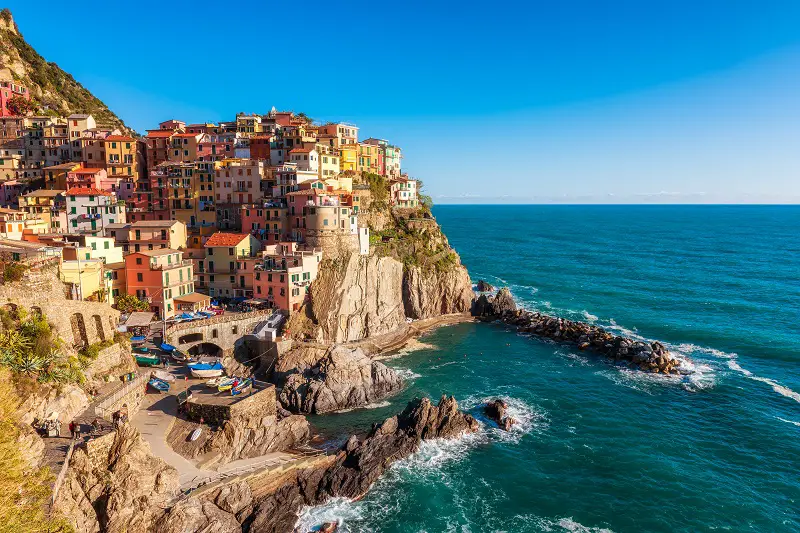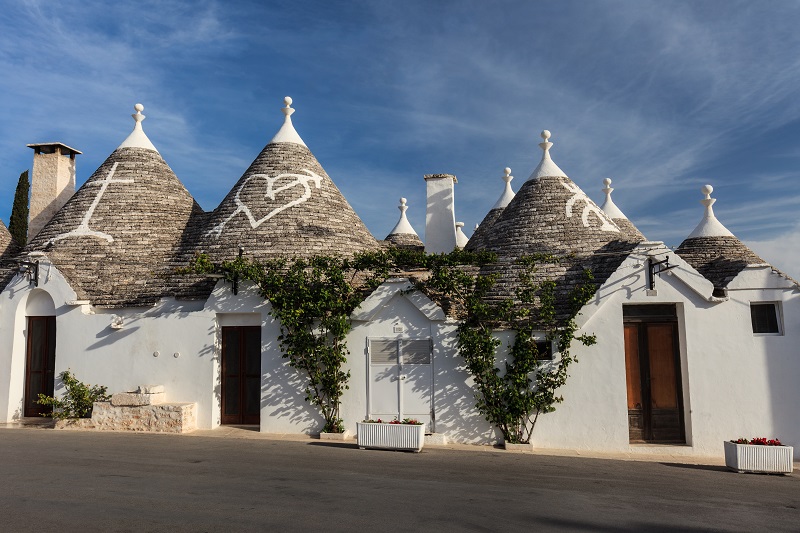The hottest places in Italy are precisely those located in the plains or in inland basins far from the sea. Places where the sea breeze does not reach and which, under the summer sun and during the waves of African subtropical air, heat up much more easily than others near the coasts. It is no coincidence that the cities in the ranking of the hottest cities in Italy almost always include Rome, Milan, Florence, Bologna, Ferrara, Forlì, Perugia.
The hottest place in Italy is Sicily

According to the surveys of the official weather stations, however, Sicily is the hottest place in Italy, at least for the extreme values: on 12 July 1962 at the military base of Sigonella, in the province of Syracuse, 46.7°C was recorded, on 12 July 2011 in Ottana, in the province of Nuoro, 46.7°C and last year, on 12 July, in Syracuse just a tenth of a degree lower with 46.6°C.
Other hot places in Italy

Other cities subject to strong overheating are the Campidano plain between Oristano and Cagliari, the plain of Sibari in the Ionian Calabria and that of Metaponto and Foggia in Puglia. But even in Northern Italy there are very high peaks of heat: especially in Forlì. Even Bolzano is considered one of the hottest cities in Italy. Because Bolzano is one of the hottest cities in Italy
Although located in Trentino Alto Adige, Bolzano is the hottest city in Northern Italy due to the presence of the mountains in the perimeter of the city. Being in a basin that prevents the exchange of air, and far from water basins, the city is very hot especially in summer. The cold air of the breezes is always pushed upwards, leaving a void that is filled by the hot currents that help heat the environment.
The hottest places in Italy in winter
The hottest city in Italy in winter is Syracuse. In general, Sicily is the warmest place in winter, due to its proximity to the African coast. The region boasts a mild climate all year round. Even in Sardinia it is possible to find cities with a mild climate even in the winter months. In particular, Sassari, located north west of the island, enjoys an excellent climate: temperatures range from 11°C to 18°C. The hottest month is August and the coldest January. There is little rain in spring.
The most humid places in Italy
According to the rainfall data of ISPRA – Higher Institute for Environmental Protection and Research – the most humid places in Italy are in Friuli-Venezia Giulia, a region where the most abundant rainfall is recorded throughout the Italian territory. Udine, Trieste, Pordenone, Gorizia, Monfalcone, in fact, record average annual rainfall well above 1000 mm. Genoa is another rainy city as well as Savona which records abundant rainfall around 1000 mm per year. Another very rainy area of Italy is that of the Apuan Alps and the Ligurian Apennines: rains are frequent in Lucca and Pistoia. To find rainy cities, you don’t have to search only in northern Italy. In fact, to the south, we find Avellino, with almost 1300 mm of average annual rainfall. The capital of Irpinia is also among the wettest cities in Italy. Belluno, on the other hand, is considered among the coldest inhabited cities in Italy in average winter temperatures and officially holds the place of the coldest city in Italy with an average annual temperature of 9.8 ° C recorded in 1998.
Conclusions on how the climate in Italy is changing
The climatic situation in Italy, as we have seen, is very varied. However, one fact seems common: the climate in Italy is changing very rapidly. From the research it emerges that compared to the year 1800 Italy today is 2.3 degrees warmer on average. The temperature has risen above all in summer, the season that has been most affected by climate warming: in particular, the surge is concentrated mostly after 1980, after which the thermometers marked an average of half a degree more for each decade.

In Italy, 2018 was the hottest year ever recorded since 1800. The low rainfall in winter was, on a national scale, 35% lower than the average. It is mainly the North that pays the price, where the deficit is close to 50%, that is, it rained half of what it usually rains in winter.



